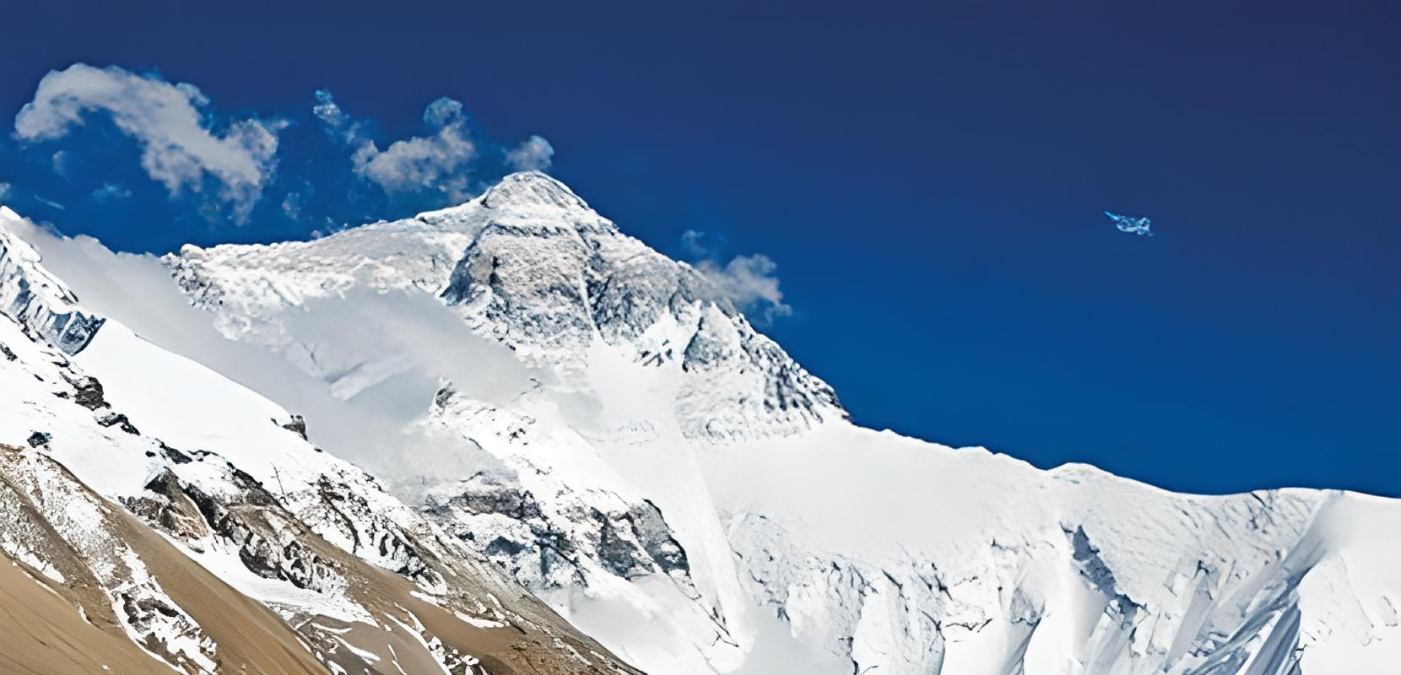The Nepalese refer to it as “Sagarmatha.” Locals in Tibet refer to it as Qomolangma. However, throughout Europe and much of the rest of the world, Mount Everest is universally recognized as the world’s tallest peak. On the current day, it reaches into the Himalayan sky at a height of 8,848 meters. But Mount Everest continues to rise. To what end, though? And what kind of geological processes led to its development?
All but a small portion of the Himalayas are gradually ascending. The collision of the Indian continental plate with the Eurasian Plate is the root of this situation. Since the breakup of Gondwana about 100 million years ago, the Indian Plate has been sliding beneath Tibet as part of the northward movement of the continents.
A Collision Test for the Earth
A further collision between India and the southern margin of the Eurasian Plate occurred between 30 and 50 million years ago. Deformed and forced together by geological forces, the sediments and other materials along the old northern frontier of India and the southern margin of the Eurasian Plate formed what is now known as the Himalayas. The Himalayas rose so rapidly that the erosion process could not keep up. That’s why there’s such a huge mountain range here.
The Indian Plate is now shifting to the northeast at a pace of 1.40 inches (3.5 cm) per year. In spite of this, India and Tibet are still creeping away from one another at a rate of 0.60 to 0.80 inches (15 to 20 mm) per year. That way, the Himalayas and Everest will keep becoming taller and taller.
Each Year, Mount Everest Grows by 0.16 Inches (4 mm)
The question is, how much does Mount Everest really grow each year? This is on the order of 0.16 inches (4 mm) a year, which means that the area surrounding Everest has a little more gradual ascent than other parts of the Himalayas. For instance, about 0.04 inches (10 mm) per year is calculated for the region surrounding the 26,655-foot (8,125-meter) tall Nanga Parbat in Pakistan.
Whether Mount Everest will continue to grow in height is uncertain at this time. How this occurs depends on the intricate interaction of tectonics, climate, and erosion. In addition to the pull of gravity, uplift forces play a vital role in determining how tall mountains are. The Himalayas are a good example of where these effects are assumed to be in balance. The tallest mountains on Earth reach heights of about 5.6 miles (9 km), which is almost equivalent to Everest or K2 in elevation.
The experts think that the rate of collision between India and Eurasia will decrease during the next several million years, if not stop altogether. Unfortunately, pinpointing a certain date is a difficult issue to answer. Yet, if this were to happen, mountain uplift would decelerate to the point where erosion might take control. In this case, the Himalayas would gradually melt away.
The Height of the Tallest Mountain in the World
There is still considerable doubt about what the future holds for Everest. The same holds true for the most recent measurements of Everest’s elevation. These may be anywhere from the typical height of 29,015 feet (8,848 meters) up to an even higher figure of 29,035 feet (8,850 meters).


